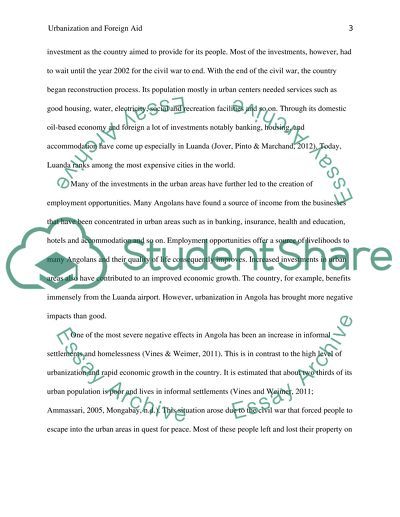Cite this document
(“Urbanization and foreing Aid, for the country of Angola Essay”, n.d.)
Urbanization and foreing Aid, for the country of Angola Essay. Retrieved from https://studentshare.org/sociology/1491337-urbanization-and-foreing-aid-for-the-country-of
Urbanization and foreing Aid, for the country of Angola Essay. Retrieved from https://studentshare.org/sociology/1491337-urbanization-and-foreing-aid-for-the-country-of
(Urbanization and Foreing Aid, for the Country of Angola Essay)
Urbanization and Foreing Aid, for the Country of Angola Essay. https://studentshare.org/sociology/1491337-urbanization-and-foreing-aid-for-the-country-of.
Urbanization and Foreing Aid, for the Country of Angola Essay. https://studentshare.org/sociology/1491337-urbanization-and-foreing-aid-for-the-country-of.
“Urbanization and Foreing Aid, for the Country of Angola Essay”, n.d. https://studentshare.org/sociology/1491337-urbanization-and-foreing-aid-for-the-country-of.


